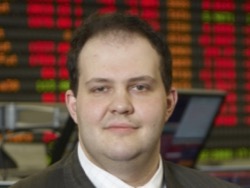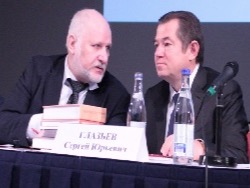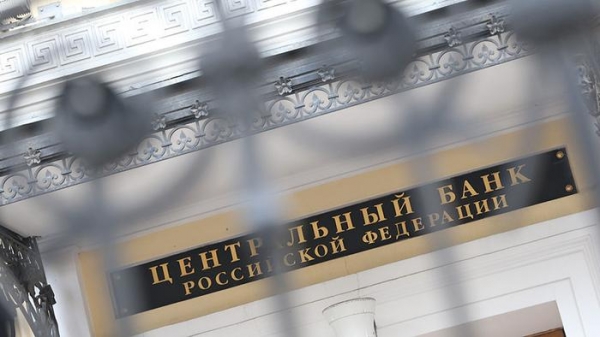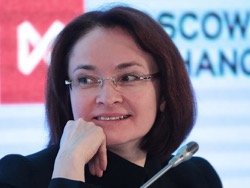
Economist Anton Tabah — about how to bring the economy out of a vicious circle
The urgency of the problem of rising prices for the country as a whole, according to Russians, a few months significantly decreased: while in January 2016 she took second place in the rating (if the answer to the question without being told it was called 20% of respondents), then in March it dropped to the end of the first ten (appropriate answers were given by 5% — at least a year and a half).
These figures are from the all-Russia centre of studying of public opinion (VTSIOM) by results of poll about what the problems in the country were the most interesting for the Russians in March 2016.
“This does not mean the weakening of the perception of the severity of the crisis, but says only the addictive of respondents to the new economic environment,” commented survey data head of research projects management monitoring and electoral surveys of Russian Public opinion research center Mikhail Mamonov.
However, to beat the drums and blow that inflation has ceased to be the main problem for people is fundamentally wrong.
Rising prices and the housing, over the last 25 years in surveys on any economic theme remains in the top pressing issues. If a quarter of a century, the situation practically did not change, we change dramatically during the quarter, the more she could not. Another thing is that the sharpness of perception of problems could be reduced, and this is understandable.
The economy and the citizens had diverged somewhat from the sharp spike in inflation that was observed from the end of 2014. Then it was due to a sharp weakening of the ruble and partly by the growth of tariffs for services of natural monopolies. Sharp rise in interest rates was anti-inflationary measure by the Central Bank. This lasted until mid-2015, then the inflation rate gradually began to decline. Inflation continues to decrease and the voltage drops. What is called “felt”.
But we are talking about the slowdown in prices, not price levels — even on average.
In General, if a year ago, average annual inflation was double digits, now it went to the level below 10%. The population also felt some relief — because world oil prices fell, not only weakened the ruble, but also some cheaper fuel, but the excise tax increase on gasoline is not very much concedes this picture.
If the people relaxed, the Central Bank still worried.
While the regulator has exercised utmost care not to reduce interest rates. Most likely, it will start to reduce them at the meetings or at the end of April or in mid June. But the key rate is stuck at 11% since August of last year, particularly because inflation risks are still high.
In addition, the adaptation to new economic conditions in the form in which it is now — against the background of stagnant nominal and falling real, i.e. inflation-adjusted, monetary incomes, the news is not so joyful. If inflation occurred due to the growth of incomes and salaries, for the population that would be tolerable, despite the danger to the economy. But now, as you can see from the reports of retail chains and almost all economic indicators, new economic conditions are reduced to a reduced quality of life, and an essential and practical for all segments of the population.
The so-called middle class and are actively making their urban population now particularly noticeable decline in the quality and content of the consumer basket. When, even under moderate inflation, the income growth is virtually absent, there is a classic stagflation. For reasons of demographic character of high unemployment in modern Russia is impossible, but the economic crisis manifests itself in lower incomes, and this cycle samovosproizvoditsja.
To get out of it in two ways.
The first is to wait for higher oil prices to a more acceptable level. With our policy of preventing the appreciation of the ruble, the Central Bank and the Finance Ministry can increase the growth rate of the economy — from 0 to 1.5–2% and without serious reforms. But this scenario, too dependent on external factors. Another option is to introduce reforms to try to revive employment and some way to increase the income of the population, and thus pull the economy out of a vicious circle. It can be done and due to the growth of budget expenditures. In this case we will also note the growth of inflation, but this inflation will be less hectic for the citizens, but government policy is to optimize and reduce government spending.
The VTsIOM poll shows that the level of respondents concerned about the economy, consistently high, and most likely taught of the crisis, people realized that the problem is not in the individual dimensions of the violent crisis caused by several reasons (exhaustion of the growth model, geopolitical issues and the collapse of prices for export commodities), rising prices, delayed wages, pensions, and the situation in the economy as a whole, requiring action at the institutional level.








